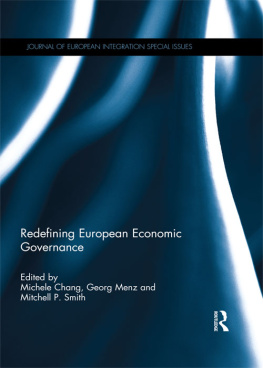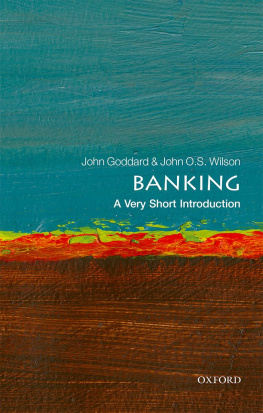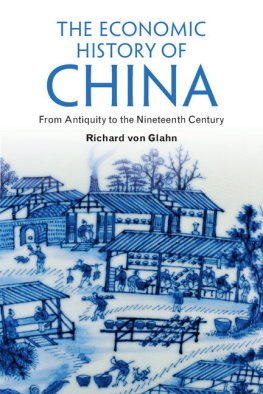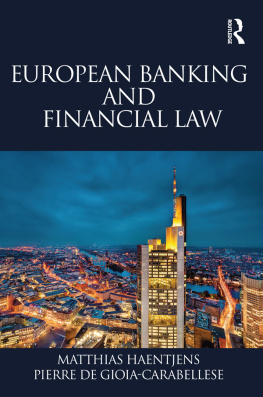Social Science History
Edited by
Stephen Haber and David W. Brady
Fernando Rocchi, Chimneys in the Desert: Industrialization in an Agrarian Economy, Argentina During the Export Boom Years (18701930)
J. G. Manning and Ian Morris, The Ancient Economy: Evidence and Models Daniel Lederman, The Political Economy of Protection
William Summerhill, Order Against Progress
Samuel Kernel, James Madison: The Theory and Practice of Republican Government
Francisco Vidal Luna and Herbert S. Klein, Slavery and the Economy of So Paulo, 17501850
Noel Maurer, The Power and the Money
David W. Brady and Mathew D. McCubbins, Party, Process, and Political Change in Congress
Jeffrey Bortz and Stephen Haber, The Mexican Economy, 18701930
Edward Beatty, Institutions and Investment
Jeremy Baskes, Indians, Merchants, and Markets

Stanford University Press
Stanford, California
2005 by the Board of Trustees of the Leland Stanford Junior University. All rights reserved.
No part of this book may be reproduced or transmitted
in any form or by any means, electronic or mechanical,
including photocopying and recording, or in any
information storage or retrieval system without the prior
written permission of Stanford University Press.
Published with the assistance of Northern Illinois University
Printed in the United States of America on acid-free,
archival-quality paper
Library of Congress Cataloging-in-Publication Data
Hanley, Anne G.
Native capital : financial institutions and economic development
in Sao Paulo, Brazil, 18501920 / Anne G. Hanley.
p. cm.(Social science history)
Includes bibliographical references and index.
9780804788199
1. Capital marketBrazilSo PauloHistory.
2. Financial institutionsBrazilSo PauloHistory.
I. Title. II. Series.
HG5340.S35H36 2005
332.0415098161dc22
2005009123
Typeset by G & S in 10.5/13 Bembo AR
Original Printing 2005
Last figure below indicates year of this printing:
14 13 12 11 10 09 08 07 06 05
For my parents,
Marilyn Boulanger and Andrew Hanley
NOTES ON CONVENTIONS
CURRENCY
The Brazilian currency during the time of this study was the mil-ris, and was written as 1$000. It ranged in value between US$.20 and US$.50. All U.S. dollar figures in the text reflect the exchange rate for the given year. One thousand mil-ris was called one conto, and was written as 1:000$000. Most references to Brazils currency at the time, and in this book, were to either the mil-ris or the conto.
SPELLING
The rules regarding written Portuguese have undergone several changes between the era of this study and the present day. Standards for spelling at the time were flexible, as well, resulting in variations on common names (Queiros versus Queiroz, for example). Where multiple spellings of a name appear, I have tried to select the most common form and use it consistently throughout the text. Corporate names are used as they appeared, not as they would be spelled today.
ABBREVIATIONS
Two common abbreviations appear in the financial press of the nineteenth century. These are Bco. for the word banco , or bank; and Cia. for the word companhia , or company. These abbreviations appear occasionally in the text and more frequently in the tables.
TRANSLATIONS
All translations are by the author, unless otherwise noted.
ACKNOWLEDGMENTS
Many institutions provided me with support during the years of research and writing that turned an idea into a dissertation and then into this book. The Department of History at Stanford University funded my doctoral program with a generous fellowship. The Center for Latin American Studies at Stanford University financed my initial research into dissertation topics, and the Fulbright Foundation generously supported my field research in So Paulo. The writing phase of the dissertation was funded by the Department of History at Stanford University, through the James Birdsall Weter Award, and by a generous Dissertation Completion Grant from the National Endowment for the Humanities. The Economic History Associations Arthur H. Cole Research Grant-In-Aid and a Summer Research and Artistry Grant from the College of Liberal Arts and Sciences at Northern Illinois University financed research to expand and revise the dissertation into a book. The Department of History at Northwestern University gave me the institutional home from which I was able to conduct much of the new research. The generosity of these institutions made this research possible.
I benefited immeasurably from the professional training of a number of individuals. Wendy Beale Needham and William Neville Smith introduced me to applied market and economic research, which gave me the tools to undertake this project. Their mentoring made my foray into the world of investment banking an intellectually challenging and rewarding experience. Flvio A. M. de Saes spent much of his valuable time discussing the problems of financial-sector development and generously made his own research available to me. My deepest thanks go to my doctoral adviser and mentor, Stephen Haber. His exceptional teaching introduced me to the study of institutional economic history, and his guidance helped me combine this approach with my long-standing interest in So Paulo. In the classroom and through his work, he taught me how exciting and powerful academic research can be.
I am indebted to a long list of individuals in Brazil and the United States for their assistance in seeing this project to completion. The Instituto de Pesquisas Econmicas at the University of So Paulo sponsored me during my field research. I wish to thank Dr. Jos Paulo Z. Chahad, the Director of Graduate Studies at the Institute, and Dr. Marcos Eugnio da Silva, who served as my liaison. Maristella Ansanelli and Lus Fernando Vasconcellos provided important research assistance. The staffs of the library and manuscripts divisions of the Arquivo do Estado de So Paulo, the Associao Comercial de So Paulo, BOVESPA, and the Patrimnio Histrico da Eletropaulo guided me through their collections and provided me with work space to conduct my research. This project would have been impossible without their cooperation. Sonia Moss of the interlibrary borrowing division at Stanford Universitys Green Library procured important Brazilian legal documents for me, and Noel Maurer generously provided me with data on the Mexico City stock exchange. The interlibrary loan departments at Northwestern University and Northern Illinois University and the outstanding collection of the Center for Research Libraries made Brazilian historical inquiry possible in Chicago.
Much of the research in this book was presented at seminars and conferences, where I received many valuable comments and critiques. I am especially appreciative of Lee Alston, Srgio de Oliveira Birchal, Louis Cain, John Coatsworth, Gustavo Franco, Jeffrey Frieden, Michael Gonzales, Stephen Haber, Kenneth Lipartito, Joseph Love, Joel Mokyr, Larry Neal, Jean-Laurent Rosenthal, Flvio Saes, Tams Szmrecsnyi, Alan M. Taylor, Steven Topik, Gail Triner, and William Summerhill for their input. I also thank the participants of economic history seminars at Northwestern University, University of Illinois, Universidade de So Paulo, Universidade Estadual PaulistaAraraquara, and of conference sessions at the All-University of California Group on Economic History, the American Historical Association, the Economic History Association, the Brazilian Studies Association, the IV Congresso Brasileiro de Histria Econmica, and the International Economic History Association for their comments. The Bellagio seminar, organized by John Coatsworth and Alan Taylor, provided a week of unsurpassed intellectual engagement that resulted in Chapter 4 of this book. Joseph Love and Philip Hoffman read this manuscript from start to finish and gave me detailed comments and suggestions to strengthen and improve it. I am deeply grateful for their help and hope I have done justice to their ideas. Norris Pope, Anna Eberhard Friedlander, and Ruth Steinberg at Stanford University Press provided outstanding editorial guidance. All errors, of course, are mine.









